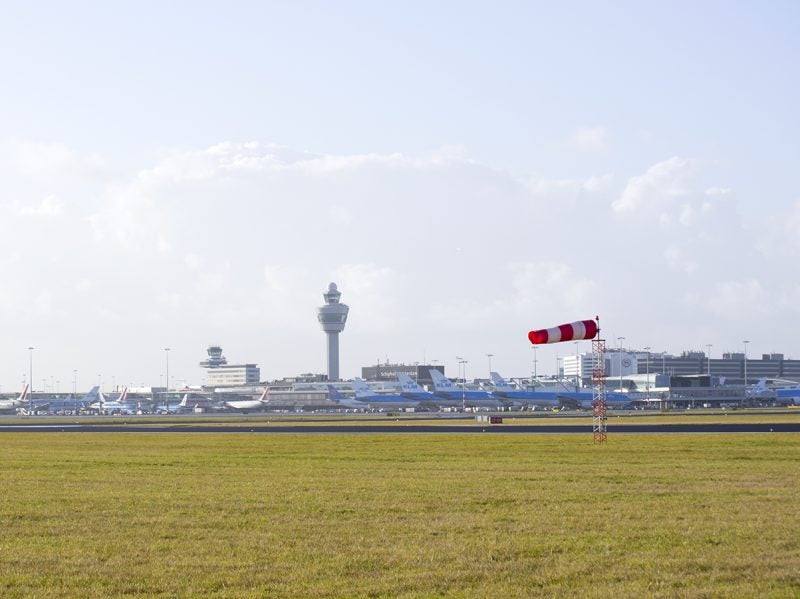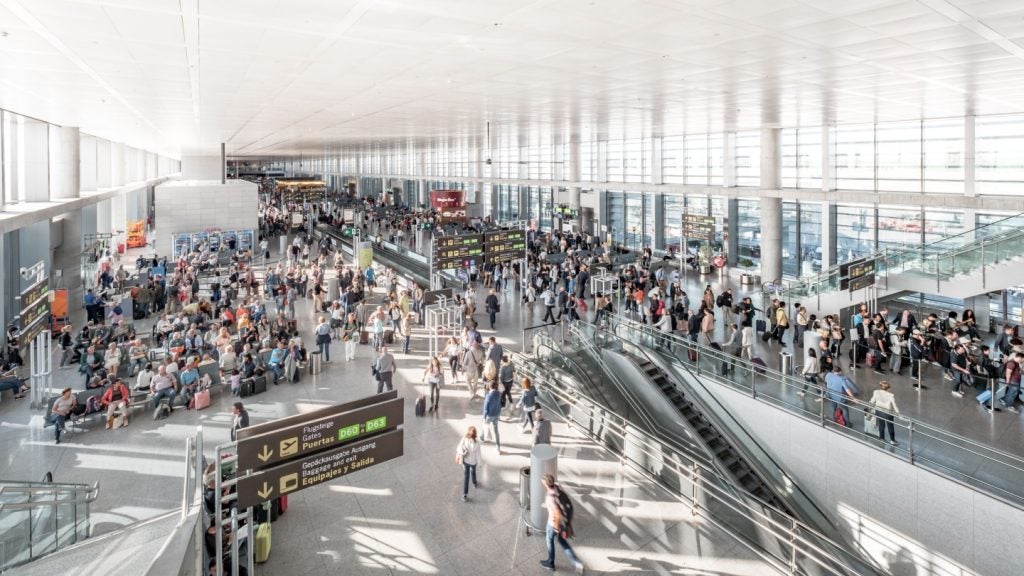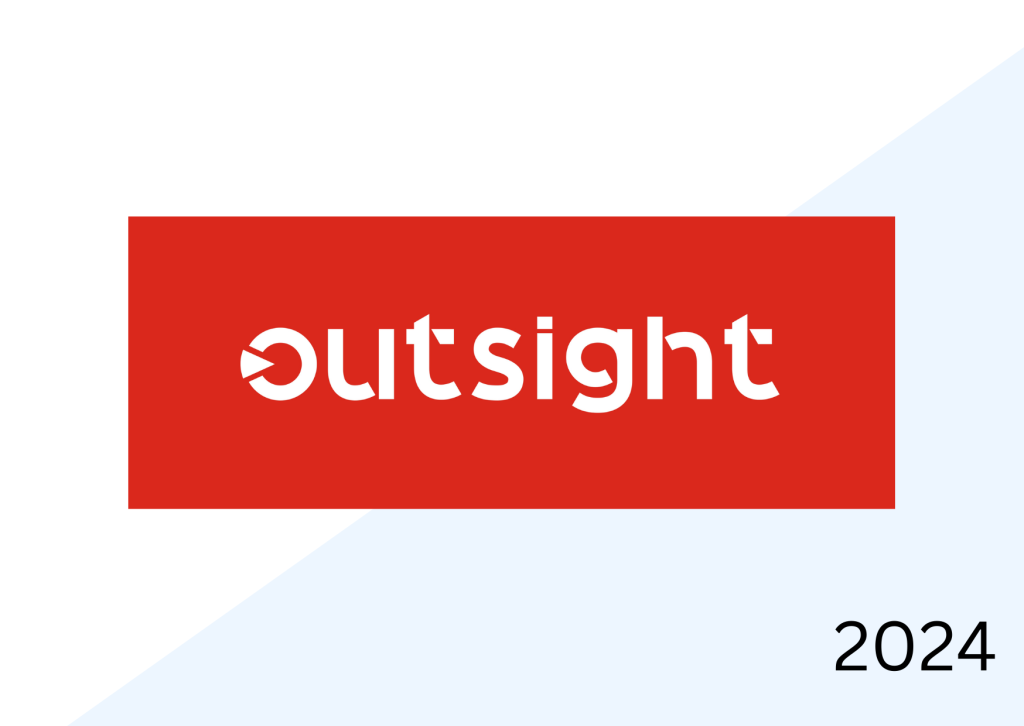
Airports are now more than ever looking to neutralise their carbon footprint in the face of climate change. As 2020 kicks off, one of the key steps in this direction will be switching to renewable energy, a shift that is currently being driven in other industries by the success of power purchase agreements (PPAs).
As per the Solar Energy Industries Association, PPAs are financial agreements whereby “the developer sells the power generated to the host customer at a fixed rate that is typically lower than the local utility’s retail rate”.
Once mainly a prerogative of giant multinational companies like Google, Amazon and Coca Cola, they are gaining momentum across various sectors, offering a more sustainable – though still financially valuable – way to source power.
This model is also taking off in the aviation industry, where airports are increasingly looking at achieving carbon neutrality without hitting their finances too heavily. In September 2019, Bristol Airport joined the likes of New York’s John F. Kennedy and Sydney Airport in signing a PPA that would see it source 100% renewable electricity directly from its designated provider, Danish energy company Ørsted.
On a broader level, an industry-wide switch to PPAs is currently being pioneered by the Airport Council International’s (ACI) European division, which recently partnered with the Re-Source Platform, a stakeholder alliance promoting the transition to renewable energy sourcing.
The agreement, which aims to encourage local airports to take the lead in the shift to renewables, came months after the European airport industry pledged to become net-zero for carbon emissions by 2050, and is in line with the European Union’s target to source 32% of energy from renewables by 2030.
How well do you really know your competitors?
Access the most comprehensive Company Profiles on the market, powered by GlobalData. Save hours of research. Gain competitive edge.

Thank you!
Your download email will arrive shortly
Not ready to buy yet? Download a free sample
We are confident about the unique quality of our Company Profiles. However, we want you to make the most beneficial decision for your business, so we offer a free sample that you can download by submitting the below form
By GlobalDataHaving received backing from over 200 airports as of November last year, ACI Europe and the Re-Source Platform hope that PPAs’ success in other sectors will prove a key selling point for airports, ultimately contributing to make aviation a sustainable industry.
Cost competitiveness drives surge in PPAs
Interest in PPAs has been on the rise in recent times, with figures from the Re-Source Platform showing 7.5 GW of PPA deals signed over the past five years, and 1.6 GW worth of deals in 2019.
“Over the last few years, we’ve seen an increase in the number of deals being done and I’m talking specifically about corporate tier, so multinational corporations who directly sign agreements with the renewable energy producer,” explains Bruce Douglas, deputy CEO at SolarPower Europe and coordinator of the RE-Source Platform.
The drivers of this surge are multiple. First of all, he says, PPAs allow the signing of long-term agreements, giving “visibility on the price of electricity” against the more traditional fixed-price model, which limits a company’s ability to plan for the future.
“The second [driver],” Douglas continues, “which is really the reason why it’s starting to become more common to purchase renewable energy, is because of the cost competitiveness of renewable energy; solar and wind power specifically are now cost-competitive in all markets in Europe.”
This means that utility prices, which are set by intermediary providers, are no longer the cheapest on the market, so companies and producers can negotiate a better, future-looking deal.
Cultural barriers and financial risks still need to be overcome
Despite this much-welcomed shift to PPAs across all sectors, and not just from corporate tiers, Douglas concedes that their expansion remains limited by a number of disadvantages.
Overall, he says, they’re much more complex in nature than their alternatives. “These agreements are not simple,” he adds. “They tend to be, for the moment, reserved for multinational organisations that have large energy demand and sophisticated energy procurement departments. However, we’re seeing more and more smaller deals being done with smaller companies, as PPAs become gradually simpler.”
Much like in the overall climate change debate, there also seems to be a somewhat conservative mentality towards switching to PPAs. “Within a company,” Douglas explains, “there is a sort of cultural way of thinking, ‘we’ve always bought power this way, why would we change?’”
Despite this relative uncertainty and lack of trust, he reassures that time and industry effort will be key in converting reluctant companies. In this context, the Re-Source Platform recently launched a Buyers’ Toolkit, a platform that aims to provide insights and useful information for companies looking to enter the market for corporate sourcing of renewable electricity.
In addition, Douglas asserts that the inherited risk associated with PPAs is now gradually being overcome: “We now know what the risk is, can measure it and can mitigate against it. It’s not like there is a whole of uncertainty, the risk is there but it can be addressed.”
Can this model apply to airports?
According to Douglas, there is virtually nothing standing in the way of an airport’s decision to source their energy offsite. “In terms of energy purchasing, airports do not differ from many other corporate organisations,” he says, adding that their energy demands resembling those of a supermarket or shopping mall. From an energy purchasing perspective, they can be considered as one entity with different demand profiles, which can vary from day to night, but whose end result remains the same as with utility contracts.
If anything, they are in an advantageous position, often being located in proximity to power plants, especially solar plants. This is the case for the likes of Brussels and Amsterdam Schiphol airports, which already have on-site solar both on land and their roofs.
“Airports should exploit the space they have to install renewable energy locally,” explains Douglas. “This can be cheaper because you avoid transmission charges but also beneficial for the airport, which shows it’s taking sustainability [seriously].”
Yet despite these advantages, airports have only started showing interest in the past few years, with Douglas blaming it on the conservative mentality mentioned above. “The reason it’s not happening more at the moment is simply the lack of awareness about the cost competitiveness,” he continues, “as well as the education around how to handle these deals.”
This is where organisations like ACI Europe and the Re-Source Platform come in. As Douglas concludes: “The agreement we signed with ACI Europe is a very strong signal of that change in awareness. It is a recognition [of ACI Europe] saying: ‘we understand that renewables are cost-competitive and can provide secure long term sustainable power for our members.’
“Of course, we now need to make it come true with simpler deals, advice and education.”





